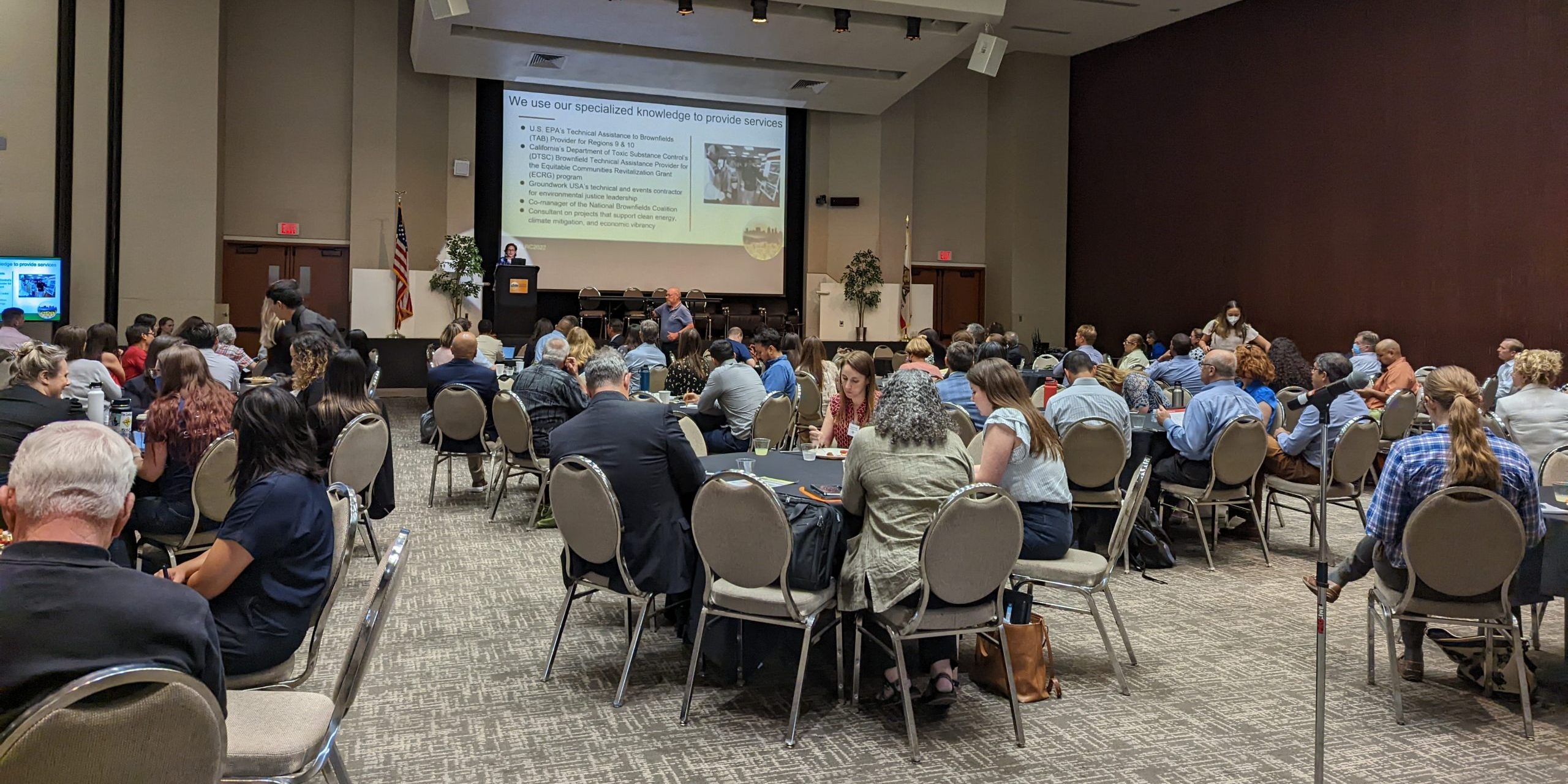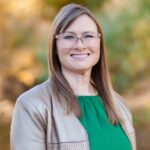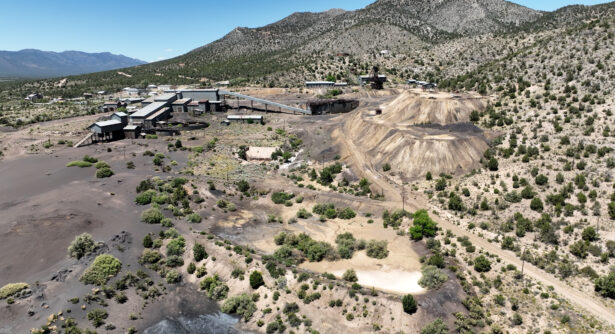
California Land Recycling Conference 2022: Reuse, Rebuild, Revitalize
The 2022 California Land Recycling Conference brought experts from government, non profits, and private entities together to transform brownfields into spaces that provide value. The first in-person conference since the pandemic, more than 225 land use practitioners attended this year’s CALRC to learn how the theme of Reuse, Rebuild, Revitalize could be utilized for their unique projects and challenges.

Dr. Meredith Williams shared her personal connection with brownfields.
Hosted by the Center for Creative Land Recycling (CCLR), EPA U.S. Region 9, and California Department of Toxic Substances Control (DTSC), the conference was launched with a riveting keynote address by Dr. Meredith Williams, the Director of DTSC. She underscored the human toll of contamination and illustrated how the redlines that once divided communities by their color, now divide communities by opportunity – leaving a legacy of pollution overwhelmingly in disadvantaged communities of color. For the next two-and-a-half days, nearly 50 speakers spoke on how they are working to overcome this history of disparity in order to reuse, rebuild, and revitalize brownfields.
Reuse: Members from communities shared how they worked with partners and leveraged grant and philanthropic funding to uplift their neighborhoods; reusing spaces that once harmed communities into places that meet community needs. Other sessions focused on some of the most challenging sites such as former landfills and oil rig sites, and the importance of partnerships to usher sites through phases of redevelopment, with sustainable and adaptation measures to mitigate climate impacts.
Rebuild: Topics included updated metrics for mitigating vapor intrusion, new techniques that enable clean up to be more sustainable and effective, and innovative uses for sites with difficult odds to overcome: from small sites that could not attract developers being turned into pocket parks, to large parcels being broken up to make them more suitable for redevelopment. Sessions shared ways to engage residents and stakeholders to ensure that brownfield redevelopment benefits the community.

Real Talk: Redevelopment without Displacement panel spoke about tactics to overcome gentrification. (left: Jessica Barlow, Center for Regional Sustainability, Joshua Silver, San Fran Recreation & Parks Dept., Jackie Flin APRI San Francisco, Ivory Chambeshi, City of LA)
Revitalize: Just transition was a common theme among speakers who inspired attendees to see brownfields as opportunities for healing. Addressing community needs by utilizing brownfields to bring in a grocery store to a food desert, build workforce housing near transit, provide jobs to young adults, or provide elder or childcare at affordable rates were abound. Additionally, best practices for ensuring residents in the communities are able to stay and enjoy the revitalization versus being pushed out were shared.
The conference featured three main tracks. The first tract shared financial opportunities including the new federal funding through the Bipartisan Infrastructure Law, as well as California’s Equitable Community Revitalization Grant. Secondly, environmental justice and equitable development showcased information on the Biden Justice40 initiative that requires community involvement in redevelopment projects, equitable engagement, and preventing gentrification. And finally, technical sessions on the latest technologies and mitigation strategies for contamination. Vendor booths, networking opportunities, Happy Hour, and Brownfield Karaoke ensured that there were plenty of chances to connect with one another.
For conference resources including slide decks, videos and photos visit CCLR’s Past Seminars page.





